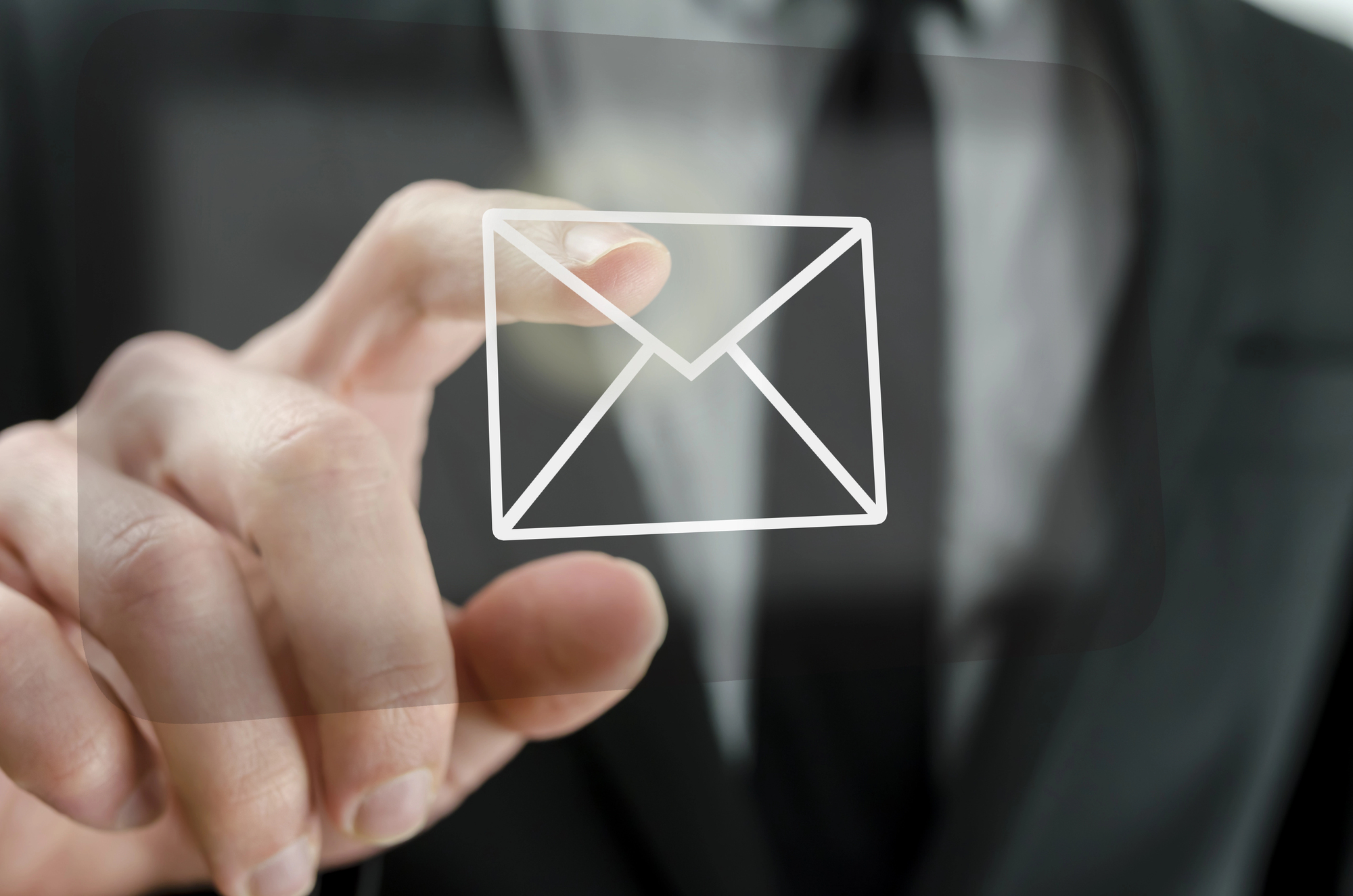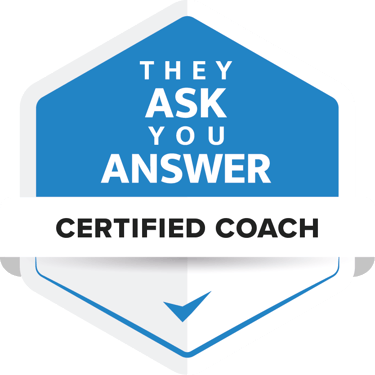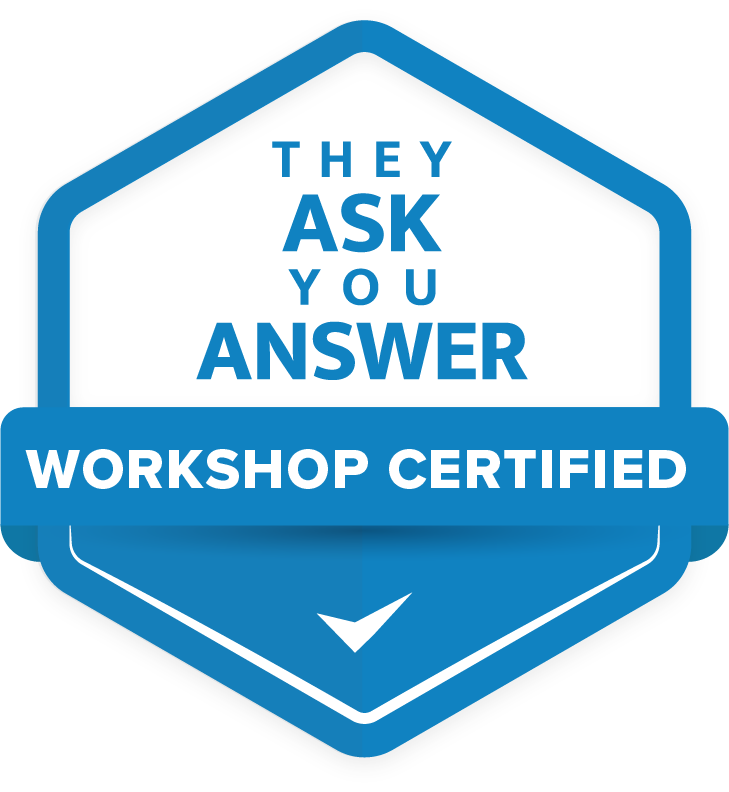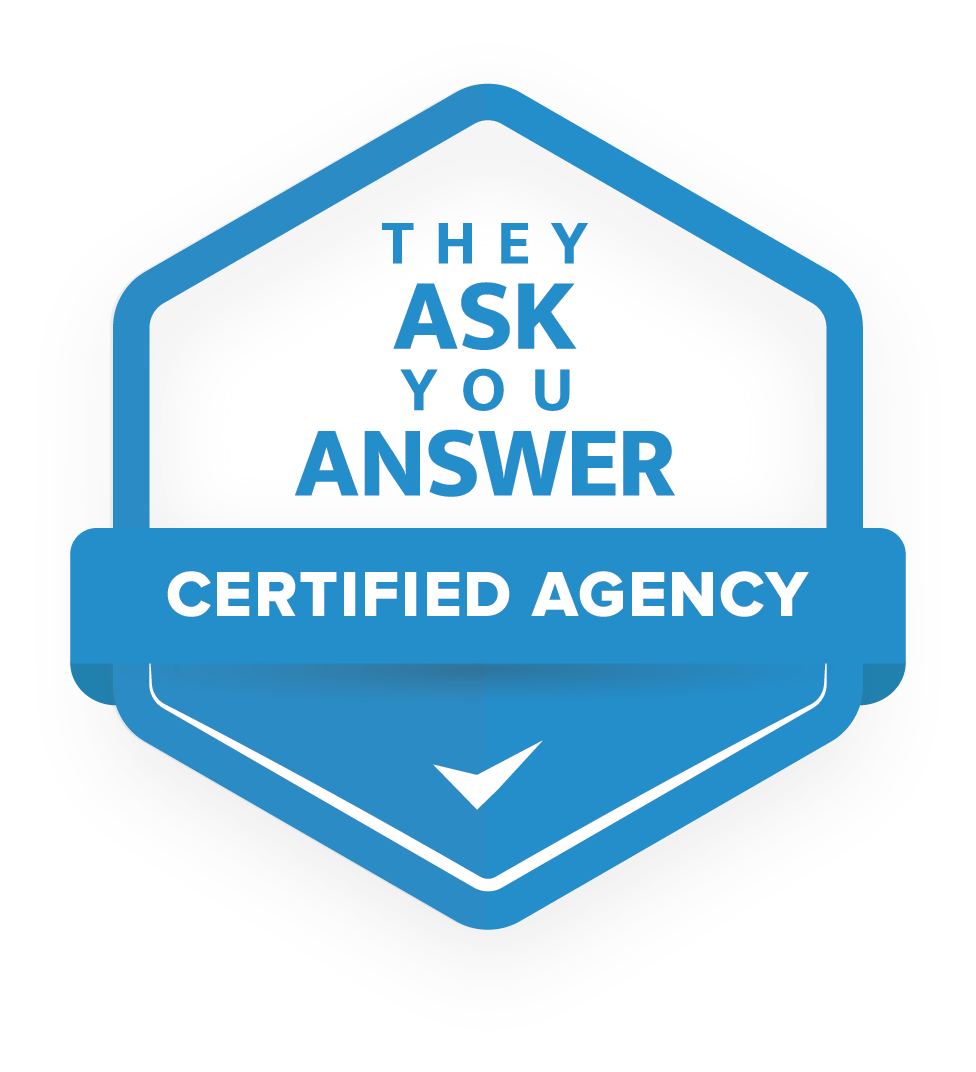How do you write emails that customers want to read?

Many people wonder if email marketing is still a good way to reach their customers in 2024. Wouldn't you be much better off investing in your presence on TikTok or some other trending social media platform?
I totally understand why you might think so. At a time when one new platform after another is being launched, a channel like email quickly feels dusty and old-fashioned.
Yet as StoryBrand facilitator at Buzzlytics, I see from our clients' results that email marketing can still be very effective. For example, one of our clients told us that the six emails they had created based on the StoryBrand framework had generated as much as 100,000 euros in additional sales.
But of course, for best results, you need to write emails that your customers want to read. That's why, in this article, I share seven questions you should ask yourself before sending an email. These questions will help you write emails that your customers not only want to open, but even look forward to. After reading this article, you will know exactly how to write emails that will help you communicate better with your customers as well as grow your business.
This article is a translation/editing of the article How to Write Emails Your Customers Want to Read.
Your subject line is actually an "advertisement" for your e-mail. Based on this, people decide whether to keep reading or give their attention to something else.
Question 1: Does your subject line stand out?
The most common mistake small businesses make with e-mail marketing? They put hours into their email campaigns, but stick a lifeless subject line on it. The result: no one opens the email to see all that hard work. More importantly, they don't click through or buy.
Your subject line is actually an "advertisement" for your e-mail. Based on this, people decide whether to keep reading or give their attention to something else.
Tips for writing an eye-catching subject line:
- Experiment with different styles.
- Keep it short and clear or, on the contrary, ask an interesting question.
- Write as you would write an e-mail to a friend.
- Test different options to see what your target audience responds to.
- Have ChatGPT and Claude write multiple subject lines and choose the best one from these.
Question 2: Does the email contain a clear call-to-action?
What do you want the reader to do after reading your e-mail? Buy something? Schedule a meeting? Donate? Read an article? Make sure your call-to-action is immediately visible in the top part of your email. The reader shouldn't have to scroll to see what the purpose of your email is. Just like on your website, your call-to-action should jump right out so people can take immediate action.
People should be able to tell immediately that an e-mail comes from you. Choose a person's name as the sender, not your company name or a department.
Question 3: Can your readers easily see who the email is from?
You know that feeling when someone calls your name at a busy barbecue? You immediately stop what you're doing and prick up your ears. This is due to something called your reticular activation system, for those who are interested in knowing this. This part of your brain is also active when people check their inbox. They are constantly filtering for what is relevant to them.
Therefore, it is important that people immediately see that the email is coming from you. They should recognize your brand, name or logo immediately so that their brain remembers you and knows that your email is not noise.
You can set what sender name you want to use in your email marketing tool. Choose something catchy that is instantly recognizable. For example, don't use, "Buzzlytics," but "Lucas from Buzzlytics.
Question 4: Is your mail warm and personal?
One of the finest things about writing emails is how personal they are. E-mail is one-to-one communication. Let your writing style reflect that. Make sure your e-mail sounds like it's coming from a human being, not a robot.
As world-renowned email marketing expert Mark Twain once said, "Don't use a five-dollar word when a fifty-cent word will do." So use simple, plain language rather than unnecessarily complicated words.
A handy tip: read your e-mail aloud before you send it. That way you can immediately hear which sentences are awkward or sound too formal. You can then replace them with something that sounds more natural.
Don't forget to check your e-mail on your phone.
Question 5: Does the mail look good on your phone?
Most people read their emails on their phones. Yet many senders don't check how their e-mail looks on mobile. Therefore, take a moment to send a test email to yourself and check it on your phone.
Check that your call-to-action is still visible without scrolling. Is the font large enough to read? Do the images still look good? Is the button big enough to click?
Question 6: Is the e-mail pleasant to read?
Earlier I talked about how our brains are constantly filtering for relevant information. The design of your e-mail can help you find this information faster. Choose simple, clear formatting. For most e-mails, a single column works best.
Use dark text on a light background. Choose one font and font color and stick to it. This is not the time to experiment with colors. Use appealing but relatively small images. Bonus points if there are people in your images.
Always send a test email.
Question 7: Have I proofread the texts and tested the links?
You wouldn't be the first person to send an e-mail and then find out that one of the links doesn't work.
So always send a test. It is not enough to check the links while working in your email marketing tool. Test them in your inbox, because the Internet is sometimes unpredictable. This also helps you check that all the personalization is working properly. There's nothing like seeing your emails in the same context as your customers.
Summary: the email marketing checklist
- Is my subject line catchy and does it generate interest?
- Is there a clear call-to-action at the top of my email?
- Is it immediately clear to readers whom this e-mail is from?
- Is my e-mail personal and warm?
- Does my e-mail look good on mobile?
- Is my e-mail pleasant to read?
- Did I check the text and links?
Here's how to write e-mails that get results
You don't have to be a marketing guru to write effective e-mails. With the seven questions in this article, you have a practical checklist that will help you write better e-mails right away. Check your subject line, pay attention to your call-to-action, make your sender recognizable, keep it personal, test on mobile, make sure the e-mail reads pleasantly and check everything before you send anything.
At Buzzlytics, we help clients set up effective e-mail marketing campaigns as part of a StoryBrand implementation. Are you curious about whether a StoryBrand implementation is right for you? We'd be happy to discuss it with you. Schedule a meeting with me or one of my colleagues today.
Related articles
February 13, 2025
-
Reading time: +/- 7 min
December 5, 2024
-
Reading time: +/- 5 min
Aug. 20, 2024
-
Reading time: +/- 7 min








